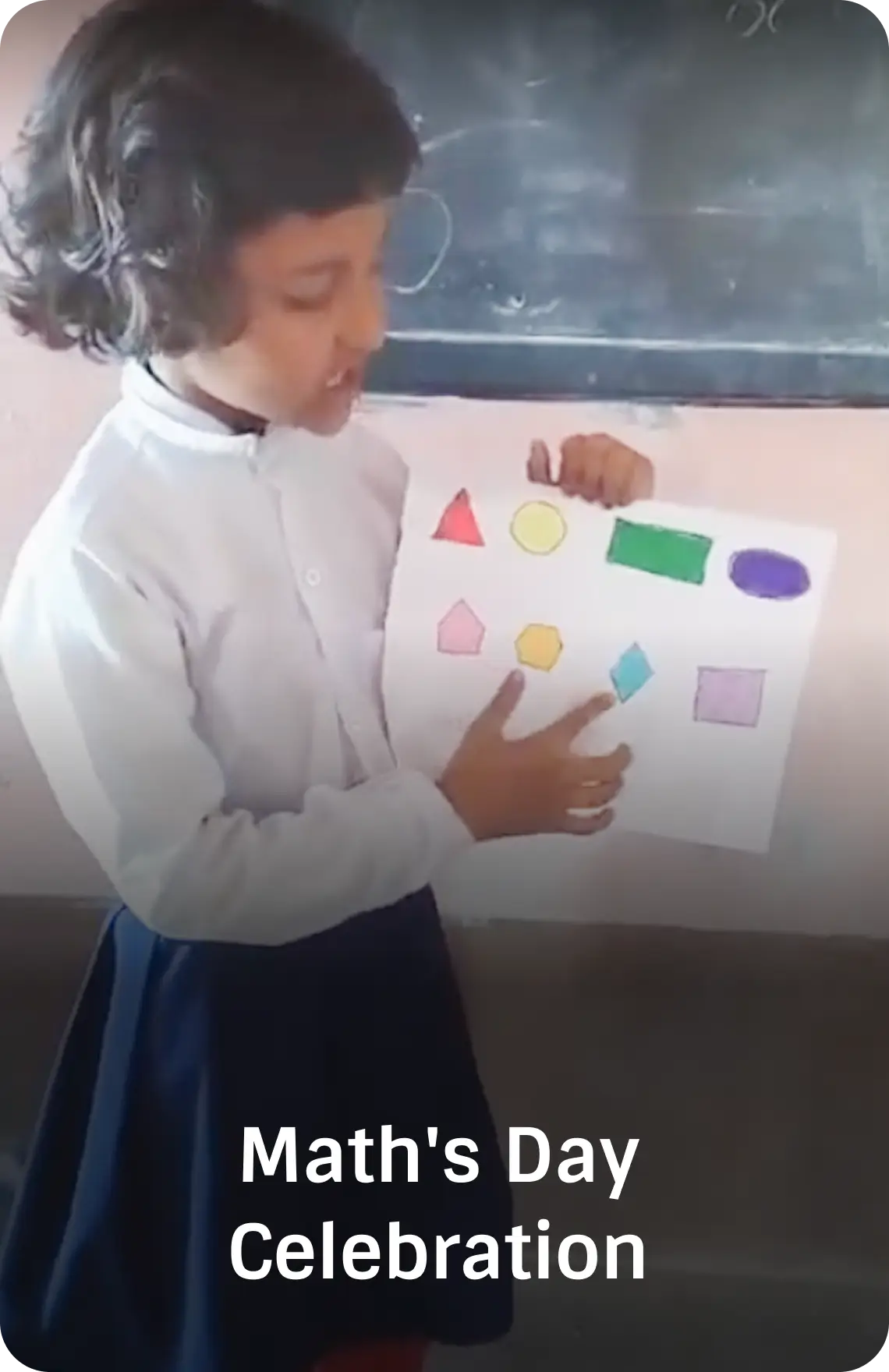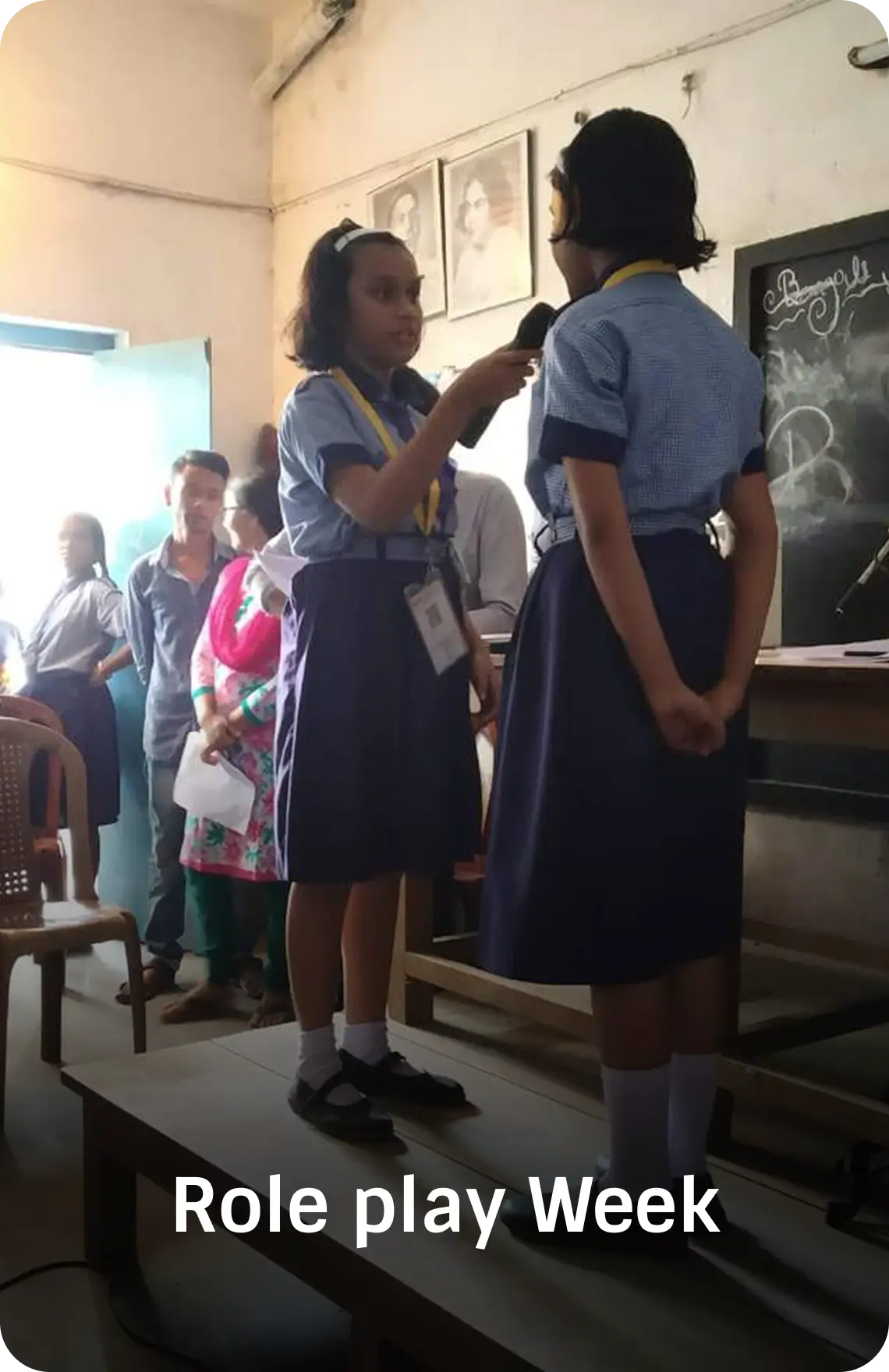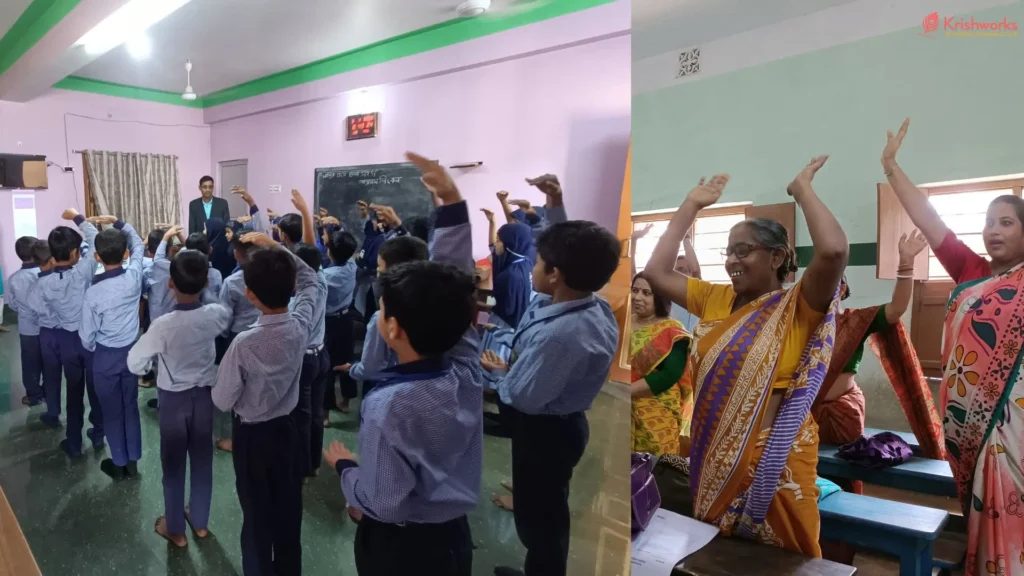Have you ever asked a child a question in English — and they just froze?
We’ve all been there. A simple “What is this?” or “Can you name the animal?” is met with silence. The child stands like a statue — not because they don’t know, but because they’re shy, nervous, or unsure.
Often, we assume they’ve forgotten or never learned the answer. But what we miss is their emotional state. Maybe it’s their first time speaking English. Maybe you’re a new teacher. Maybe it’s a new school, a new classroom — a new everything.
That’s exactly why we start every class with an ice-breaking game.
Because learning begins not with fear — but with fun, movement, and encouragement.
Our Go-To Icebreaker Games:
- Stand Up – Sit Down
- Swim or Fly
- Fast or Slow
- Up or Down
- Move or Freeze
- Memory Game
What It Looks Like in Action:
- Everyone stands up.
- The teacher performs an action and says the word loudly — “Sit down!” “Jump!” “Swim!” “Fly!”
- The children repeat the word and mimic the action together.
- We clap, laugh, cheer, and celebrate every child — making sure every voice is heard.
Why It Works for Kids:
- Builds daily vocabulary without pressure
- Breaks awkwardness and nervousness within minutes
- Connects actions with words naturally
- Boosts confidence, curiosity, and active participation
- Creates a joyful, safe space where every child feels they belong
These simple, high-energy games do more than break the ice — they open the door to language, laughter, and learning. When a child feels relaxed and celebrated, they naturally begin to express themselves
We Do the Same With Teachers
And guess what? We use the same approach while training teachers too.
Our ice-breaking activities become a quick, effective way to introduce new teaching methods. They help trainers build rapport, energize the group, and model child-friendly practices.
Through this approach:
- Teachers get hands-on experience
- They learn to apply methodologies playfully
- They see how to engage children actively from Day 1
- They gain confidence in delivering interactive lessons
It’s not just theory — it’s real, practical learning by doing. And it works.
Final Thought:
The best classrooms — and the best trainings — don’t start with silence.
They start with movement, smiles, and shared energy.
Sometimes, a simple game can unlock a world of words — for both the learner and the teacher.





